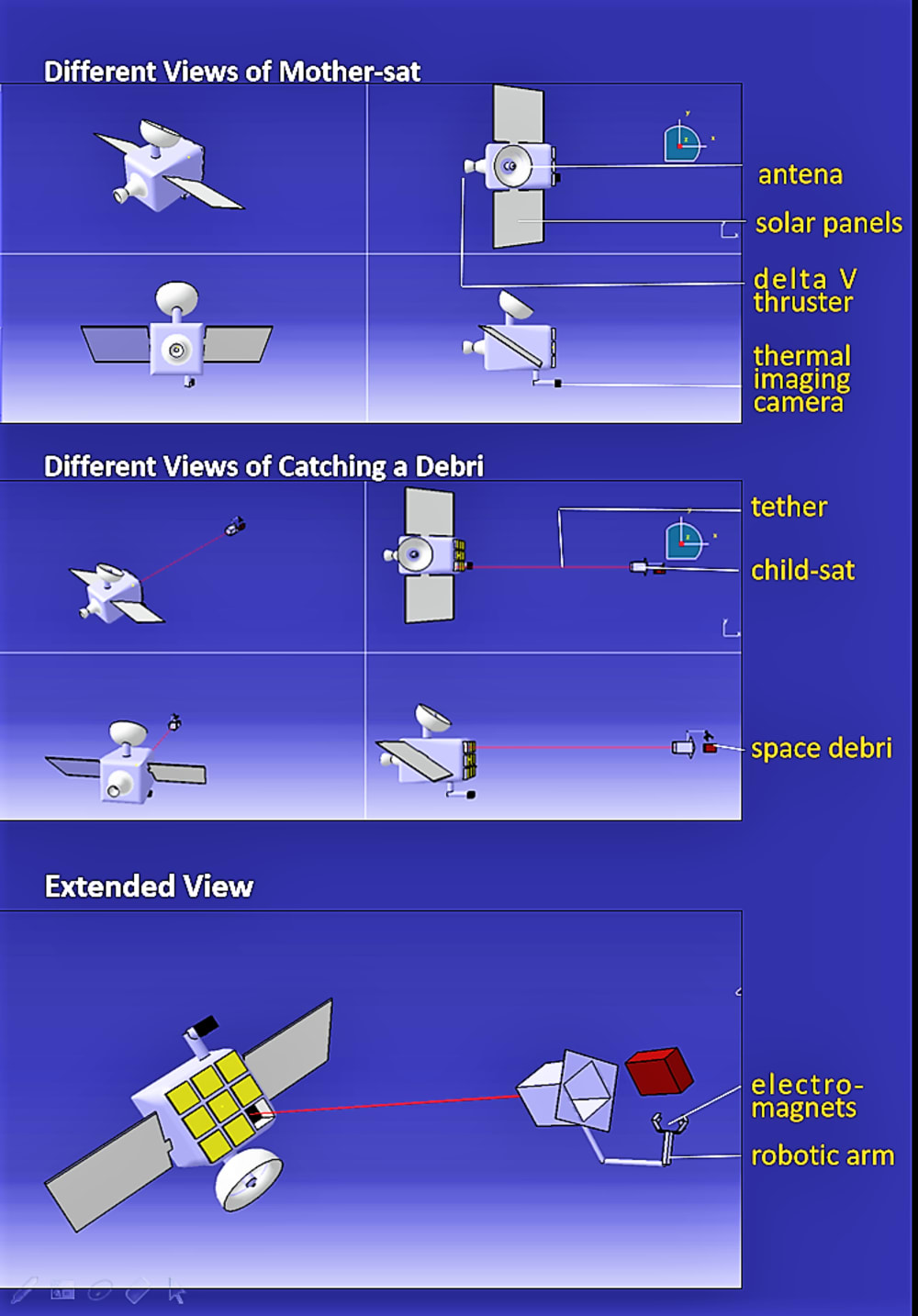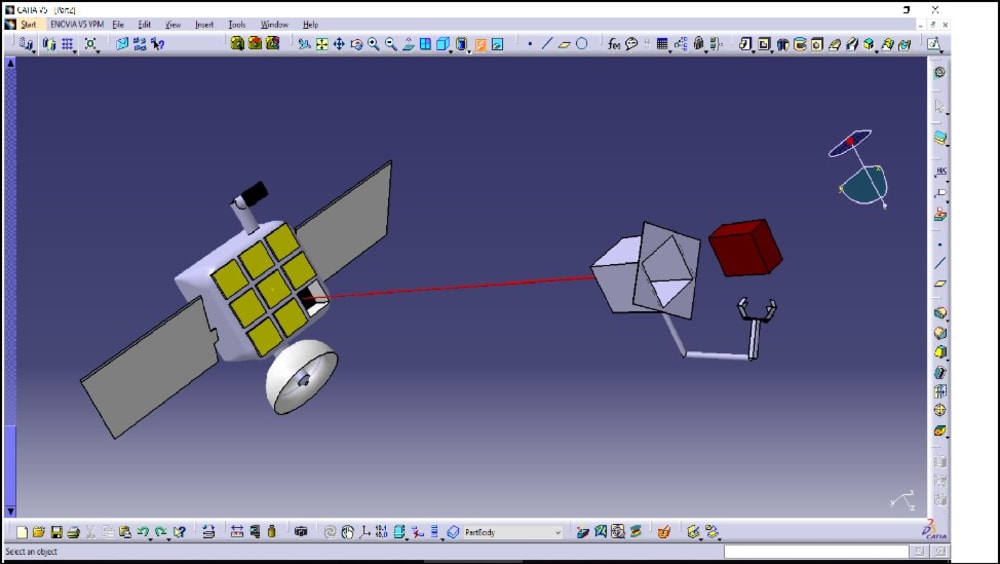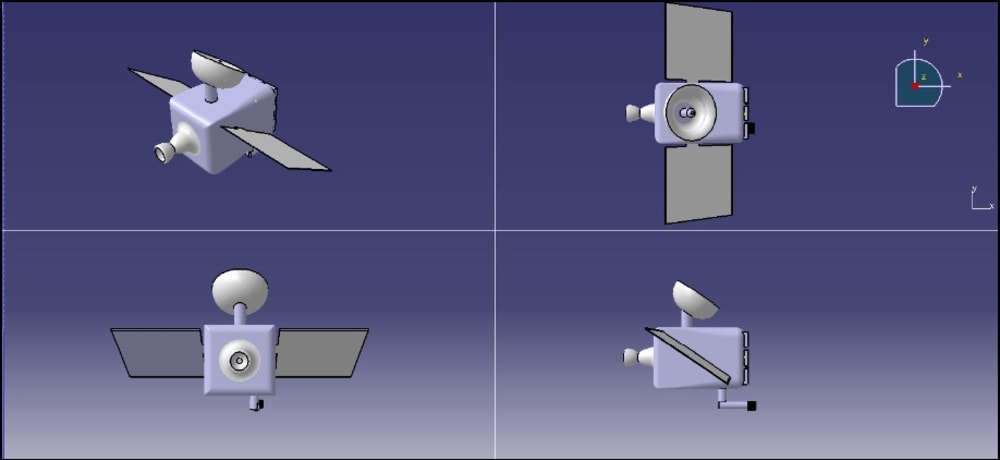1-What is the unmet need we are trying to address?
-Kessler syndrome causes the exponential growth in numbers of formation of space debris. The Kessler syndrome causes trouble because of (1)domino effect,(2)feedback runaway exploration that occurs in higher orbits.
-These result in hostile action and collision of this debris with defunct satellites or space stations which results in catastrophic destruction.
-The speed of the space debris particles is like 10 times faster than a bullet so no one cannot get that. Also, the size of the debris is smaller than 1mm, so it may damage optics and solar arrays. So while a spacecraft may survive being hit by tiny debris, such hits can still result in catastrophe and mission failure, which Increases the loss of lives of astronauts and loss of a high amount of revenue.
-We have come up with an idea to detect, map., capture, and dispose of space debris which ranges from 10cm to Micro LEO satellites which have a maximum range of 100 kg.
2-Proposed solution
A ground station will make a map of the concentration of space debris all over the earth's surface. Once we know the maximum concentration of the space debris over a specific area, a "mother ship" satellite, containing many microsats will be launched from the earth surface towards the specific location of space debris. Once the satellite is nearby the debris a microsatellite will be launched from the mother ship which will be connected to the mothership via a suitable tether. The Micro Sat will capture the debris and then return back to the Mother Sat. Once the Mother Sat is full of the debris, the satellite will check the number of useful substances. If the quantity of useful material is more than the threshold value then the mothership will return back to Earth by de-orbiting itself by delta-V thrusters, for reuse. If the debris is not useful then they will be projected to another Graveyard Orbit (SEO) which prevents collision i.e. the formation of micrometeorites and orbital debris (MMOD).
3-Technology
We will be tracking low orbiting satellites using ballistic radars from ground stations. Thermal imaging and image LIDAR processing with AI-enabled data acquisition and storage will identify the maximum concentration of Debris. A con-stellar design will be required to place the microsats inside the mothership. Zero Propellant Maneuver (ZPM) momentum wheel will be used for setting the orientation of the mothership about its own axis. For capturing the Debris a deploy-able capture mechanism based on electromagnetism and suction will be required. Docking of the microsats will require an electromagnetic arm which will also help in capturing the debris. A propulsion system with minimum fuel consumption and minimum power consumption(solar powering) will make the solution economically viable. Manual evaluation of the usefulness of the debris collected via satellite communication. De-orbiting, re-entry of the mothership will require delta-V thrusters and recovery via parachutes will be done.
Like this entry?
-
About the Entrant
- Name:Anshuman Pattanaik
- Type of entry:teamTeam members:Soumyajeet Mahapatra
BIbhu Panda
Amartya Mohanty
Prasant Kumar Sahoo - Patent status:none








